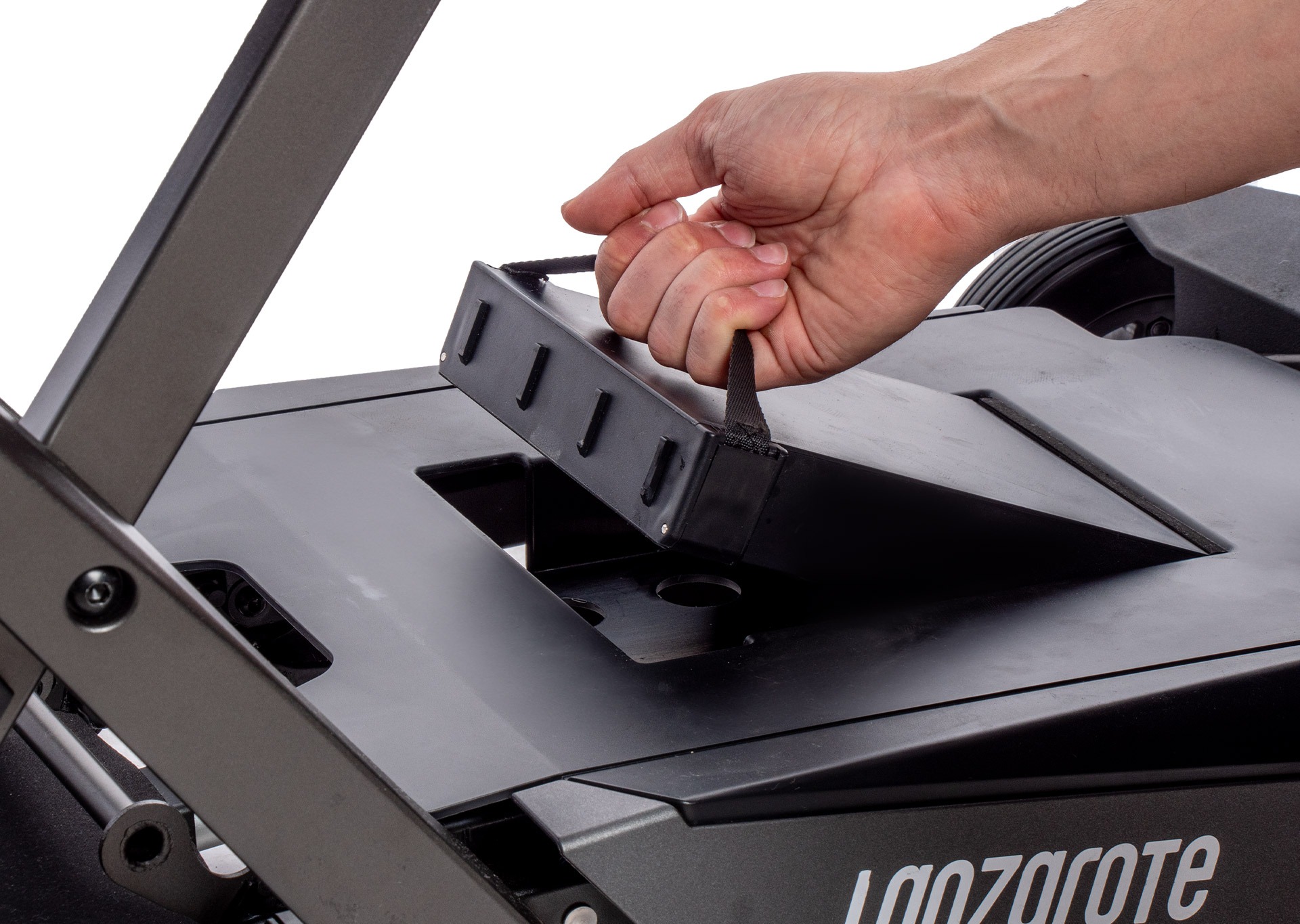
How to check the battery status of your mobility aid
Batteries are the heart of a scooter or electric wheelchair. Proper operation ensures greater autonomy and safety in daily mobility. Without proper maintenance, their performance can deteriorate rapidly, affecting the user experience and even generating unnecessary expenses for premature replacements. Knowing the proper steps for checking, charging, and maintaining your battery is essential to prolonging its lifespan and avoiding unexpected issues. Below, we offer a complete guide with key recommendations for caring for your device’s batteries and keeping them in optimal condition.
Checks and Initial Charge
The first step in caring for your batteries is to perform periodic inspections. Check for visible external damage, such as swelling, cracks, or corrosion on the terminals. Also, check the charge level before using the device. If you notice it draining faster than usual, it may need maintenance or replacement. When purchasing your new wheelchair or scooter, perform a full initial charge of 8 hours, regardless of the current battery level. This will stabilize its capacity and ensure optimal performance.
Charging Cycle and Methods
To extend the battery’s lifespan, it is recommended to charge it to between 20% and 80% of its capacity and keep it connected for at least 8 hours. Avoid complete discharge and verify that the charger is properly connected and the indicator light is on. Follow the manufacturer’s instructions on charging time and use only the official charger. Charge it in a dry, ventilated place and disconnect it when fully charged. Good charging habits will prevent premature battery degradation.
Long-Term Maintenance
If you don’t use your scooter or wheelchair for an extended period of time, charge it every two weeks for 8 hours and use it for at least 5 minutes to keep the battery active. Never leave it completely discharged, as this can reduce its energy retention capacity and cause irreversible damage. Lack of proper maintenance can even invalidate the product warranty.
Identifying Signs of Wear
Batteries have a limited lifespan and can lose efficiency over time. Some signs of wear include reduced battery life, difficulty reaching a full charge, or a reduction in device power. If you experience any of these symptoms, it may be time to replace your battery. Consulting a professional will ensure safe installation and proper performance of the new component.
How to Optimize Battery Performance
In addition to regular maintenance and checkups, there are some practices that can optimize battery performance and ensure maximum efficiency. Avoid exposing the device to extreme temperatures, as intense cold or excessive heat can negatively affect its charging capacity. Also, try not to overload the scooter or wheelchair with more weight than recommended, as excessive motor strain also impacts battery energy consumption. Finally, if you notice a decrease in efficiency despite following all recommendations, consult a specialized technician to assess whether adjustments or replacements are necessary.
More Information and Final Recommendations
For details on battery storage, installation, transportation, or waste management, please review your user manual. Also, check out our complete guide on our website for additional maintenance strategies. It’s recommended that you consult a certified technical specialist at your local orthopedic store for advice on proper battery use and maintenance. Remember that improper battery use can void your warranty. Properly caring for your scooter or electric wheelchair’s batteries not only improves their performance but also optimizes your mobility experience and prevents unexpected issues. Proper inspection and charging will ensure efficient and long-lasting performance from your batteries.








